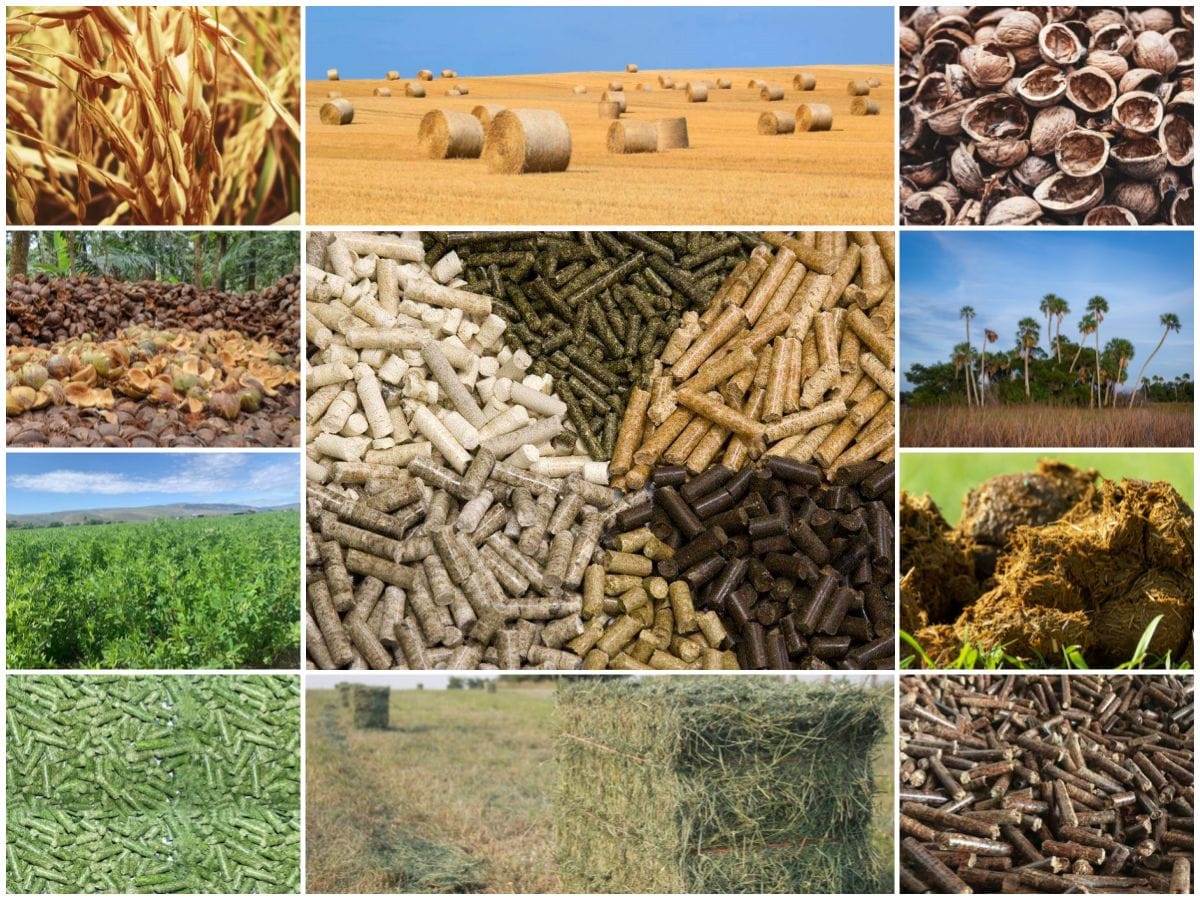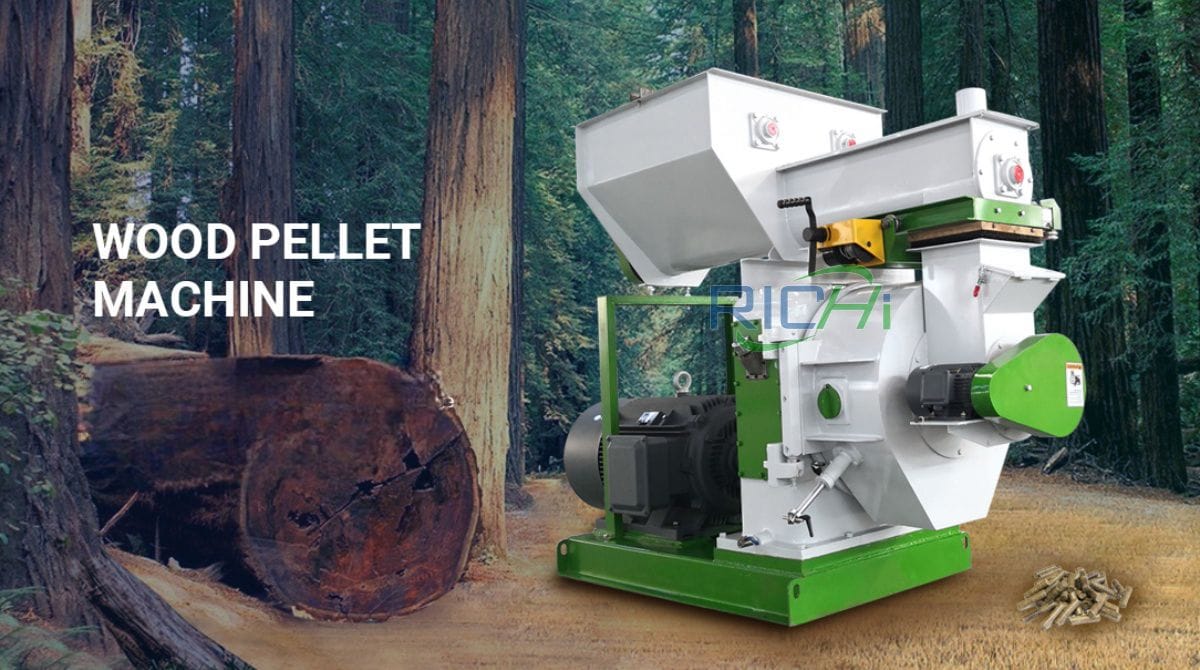The growing demand for renewable energy sources has sparked interest in biomass pellet production, with Miscanthus grass emerging as a promising feedstock. This article explores the profitability prospects of establishing a large-scale Miscanthus grass pellet production line in the United States, considering various factors that influence its economic viability.
Market Demand and Potential
The demand for biomass pellets in the USA has been steadily increasing, driven by:
- Renewable energy policies and incentives
- Growing awareness of environmental sustainability
- The need for alternative fuel sources in power generation and heating
Miscanthus grass pellets offer several advantages:
- High energy content
- Low ash and moisture content
- Carbon neutrality
- Potential for use in existing coal-fired power plants
These factors contribute to a potentially robust market for Miscanthus pellets, both domestically and for export.
Raw Material Availability and Cost
Miscanthus is well-suited for cultivation in the USA, particularly in the Midwest and Southeast regions. Key considerations include:
- Yield: Miscanthus can produce up to 10-15 dry tons per acre annually after establishment.
- Perennial nature: Once established, Miscanthus can be harvested for 15-20 years without replanting.
- Low input requirements: Miscanthus needs minimal fertilizers and pesticides.
The cost of raw material is a critical factor in profitability. Establishing long-term contracts with farmers or investing in dedicated Miscanthus plantations can help ensure a stable supply and manage costs.
Related post: Grass Pellet Machine
Production Costs and Efficiency
A large-scale Miscanthus pellet production line requires significant initial investment. Key components include:
- Harvesting and collection equipment
- Storage facilities
- Drying systems
- Grinding and pelletizing machinery
- Cooling and packaging equipment
Economies of scale play a crucial role in profitability. A larger production capacity (e.g., 100,000+ tons per year) can lead to lower per-unit production costs. Efficient operations and modern equipment can further reduce costs and improve profit margins.
Technological Advancements
Investing in state-of-the-art technology can enhance profitability through:
- Improved pellet quality and consistency
- Higher energy efficiency in production
- Increased automation, reducing labor costs
- Better process control and monitoring
Continuous improvement in pelletizing technology may lead to higher throughput and lower operating costs over time.
Pricing and Competition
The profitability of Miscanthus pellets depends on their pricing relative to alternative fuels:
- Coal: Miscanthus pellets need to be cost-competitive with coal for power generation.
- Wood pellets: As an established biomass fuel, wood pellets set a benchmark for pricing.
- Other biomass sources: Competition from agricultural residues and other energy crops.
Current market prices for industrial wood pellets in the USA range from $150 to $200 per ton. Miscanthus pellets would need to be priced competitively within this range while maintaining profitability.
Government Policies and Incentives
The profitability of Miscanthus pellet production can be significantly influenced by government policies:
- Renewable energy mandates
- Tax incentives for biomass production and use
- Grants or subsidies for establishing energy crop plantations
- Carbon pricing mechanisms
These policies can create a more favorable economic environment for Miscanthus pellet production, potentially improving profitability.
Export Opportunities
The global demand for biomass pellets, particularly in Europe and Asia, presents export opportunities:
- European Union: Stringent renewable energy targets drive demand for biomass imports.
- Japan and South Korea: Growing markets for biomass pellets in power generation.
Export markets can diversify revenue streams and potentially offer higher profit margins, although transportation costs must be carefully considered.
Environmental Considerations and Sustainability
The environmental profile of Miscanthus pellets can impact profitability:
- Carbon neutrality: Potential for premium pricing in carbon-conscious markets.
- Sustainability certifications: Meeting standards like SBP (Sustainable Biomass Program) can open up new market opportunities.
- Land use efficiency: Miscanthus’s high yield per acre can be a selling point.
Emphasizing these environmental benefits can lead to better market positioning and potentially higher profit margins.
Challenges and Risk Factors
Several challenges could impact the profitability of a Miscanthus pellet production line:
- Establishment period: Miscanthus takes 2-3 years to reach full yield, requiring initial investment without immediate returns.
- Market volatility: Fluctuations in energy prices can affect pellet demand and pricing.
- Regulatory changes: Shifts in renewable energy policies could impact market demand.
- Competition from other renewables: Solar and wind energy advancements may affect biomass demand.
- Transportation costs: Especially significant for export markets.
Mitigating these risks through diversification, long-term contracts, and efficient operations is crucial for maintaining profitability.
Financial Projections
While specific numbers would depend on various factors, a rough profitability outline for a large-scale Miscanthus pellet production line might look like:
- Annual production capacity: 100,000 tons
- Average selling price: $180 per ton
- Annual revenue: $18 million
- Production costs: $120-$140 per ton
- Gross profit margin: 22-33%
- EBITDA margin: 15-25%
These figures are illustrative and would vary based on specific project details, market conditions, and operational efficiency.
Conclusion
The profitability prospects for a large-scale Miscanthus grass pellet production line in the USA appear promising, driven by growing demand for renewable energy and the favorable characteristics of Miscanthus as a feedstock. Key factors contributing to potential profitability include:
- Increasing market demand for biomass pellets
- Miscanthus’s high yield and low input requirements
- Potential for economies of scale in large-scale production
- Technological advancements improving efficiency
- Supportive government policies and incentives
- Export opportunities in growing global markets
However, success depends on effectively managing production costs, securing stable raw material supply, and navigating market and regulatory challenges. The environmental benefits of Miscanthus pellets could provide a competitive edge in an increasingly carbon-conscious market.Investors considering such a project should conduct thorough market research, secure long-term supply and offtake agreements, and develop a robust business plan that accounts for the unique characteristics of Miscanthus cultivation and pellet production. With careful planning and efficient execution, a large-scale Miscanthus grass pellet production line in the USA has the potential to be a profitable venture in the growing renewable energy sector.










